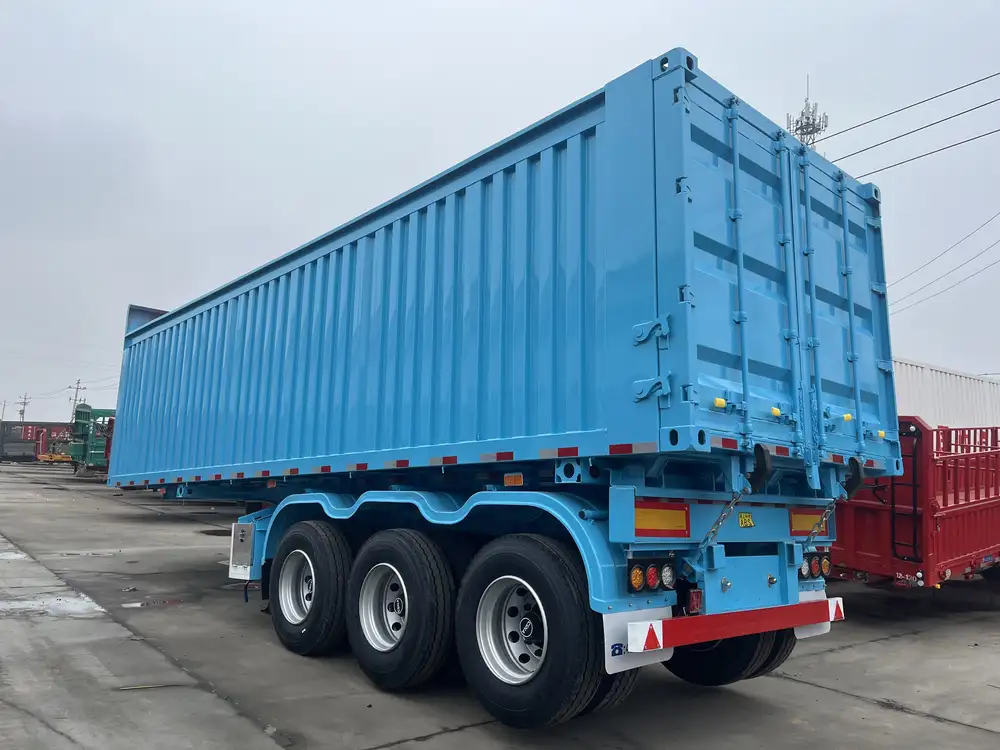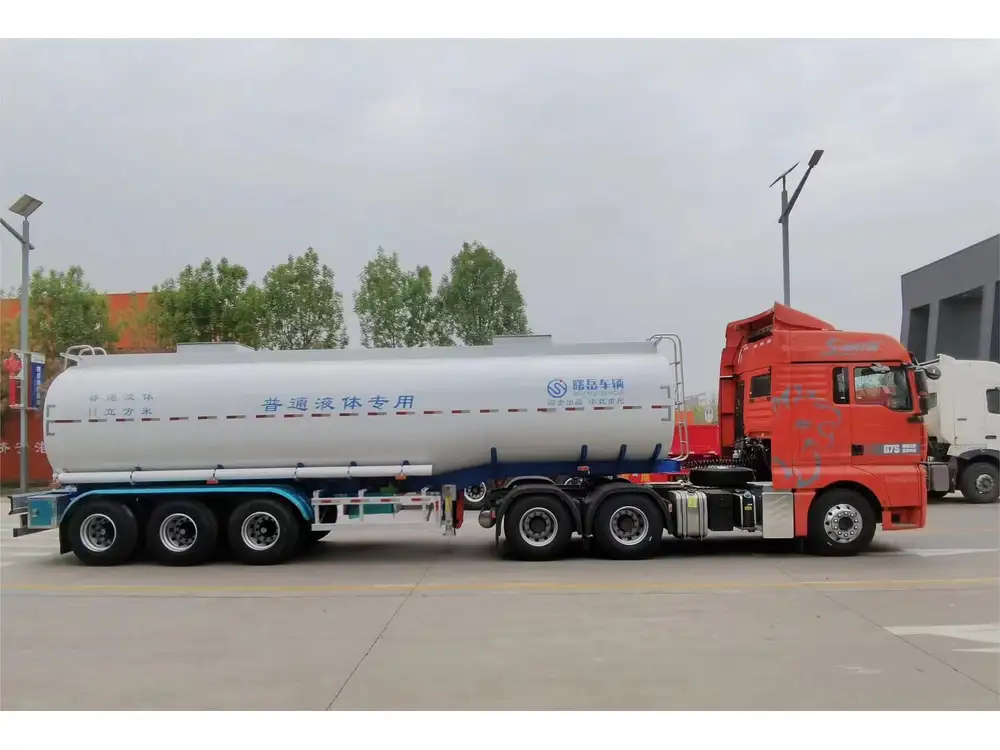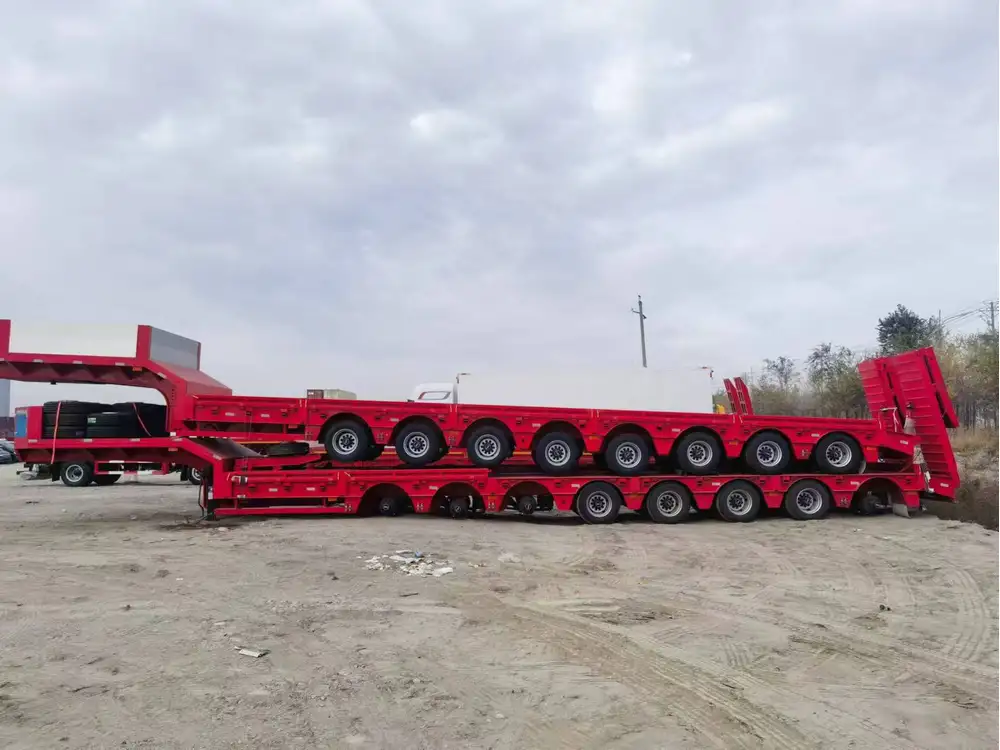Connecting a semi-truck to a trailer is an essential skill for truck drivers and transport businesses. Whether you are an experienced driver or new to the industry, mastering this connection can significantly enhance efficiency and safety on the road. This guide comprehensively breaks down the process, provides useful tips, and addresses common issues faced during the connection.
Understanding the Components of the Connection
Before diving into the actual process of connecting a semi-truck to a trailer, it’s crucial to understand the key components involved:
| Component | Description |
|---|---|
| Fifth Wheel | A coupling device mounted on the truck that connects to the kingpin on the trailer. |
| Kingpin | A metal pin located at the front of the trailer that allows for the connection to the fifth wheel. |
| Trailer Frame | The structure of the trailer that houses the load and connects to the tow vehicle. |
| Air Lines | Hoses connected between the truck and trailer to control the braking and suspension systems. |
| Electrical Hookup | Cables that provide power to the trailer’s lights, brakes, and other electronic components. |
Safety First
Safety is paramount when connecting a semi-truck to a trailer. Ensuring proper safety measures can prevent accidents and injuries. Here are some essential safety precautions to consider:
- Inspect Equipment: Before connection, always inspect the semi-truck and trailer for any visible damage or wear.
- Wear Appropriate Gear: Use gloves and safety glasses to protect yourself during the process.
- Check Road Conditions: Make sure the ground is stable and positioned properly when coupling and uncoupling.

Step-by-Step Process to Connect the Semi Truck to the Trailer
Step 1: Position the Truck
First, position the semi-truck in alignment with the trailer’s kingpin. Try to ensure that the truck is directly in front of the trailer and that the fifth wheel is at an appropriate height to meet the kingpin.
Step 2: Adjust the Fifth Wheel Height
If necessary, adjust the height of the fifth wheel using the truck’s air suspension. The ideal height allows the fifth wheel to engage easily with the kingpin upon contact. Generally, the fifth wheel should be slightly below the kingpin.

Step 3: Move Forward to Engage
Slowly drive forward until the fifth wheel makes contact with the kingpin. In most cases, you will hear or feel a click as the kingpin locks into the fifth wheel mechanism.
Step 4: Verify the Connection
After engaging, it is crucial to check that the connection is secure:
- Pull Test: Gently pull the truck backward to ensure that the trailer is securely attached.
- Visual Inspection: Examine the fifth wheel locking mechanism to confirm that it’s fully engaged.
Step 5: Connect the Air Lines and Electrical Hookup
Once the truck and trailer are connected, the next step is to attach the air lines and electrical connectors. This process can be done as follows:
- Identify Air Lines: Locate the red and blue air hoses.
- Connect Air Lines: Attach the hoses to the corresponding connectors on the trailer, ensuring they are securely fastened.
- Plug in Electrical Cable: Connect the electrical cable from the truck to the trailer to activate the lights and brakes.

Step 6: Perform a Final Inspection
Once everything is connected, perform a thorough inspection:
- Check that all connections are secure.
- Test the trailer lights and brakes to confirm they function correctly.
- Visually inspect the trailer for any damage or load issues.
Common Issues and Their Solutions
While connecting a semi-truck to a trailer is typically a straightforward task, several issues might arise. Understanding these challenges can help you troubleshoot effectively.
1. Misalignment of the Truck and Trailer
Issue: The truck may be misaligned, making it difficult to connect the fifth wheel to the kingpin.
Solution: Move the truck forward or backward, adjusting its angle until it is aligned with the trailer’s centerline.

2. Fifth Wheel Not Locking Properly
Issue: The fifth wheel may fail to lock onto the kingpin, resulting in a loose connection.
Solution: Check for debris or damage on the fifth wheel. If everything looks good, drive forward slowly until the mechanism engages properly.
3. Air Lines Not Connecting
Issue: Air lines may leak or fail to connect properly.
Solution: Inspect hoses for wear or damage. Ensure they are securely connected and check for leaks by applying soapy water to the hose couplings to look for bubbles.
4. Electrical Issues
Issue: The trailer lights or brakes may not function after connection.
Solution: Ensure that the electrical cable is securely connected. Inspect for damaged wires or connectors and replace any faulty components immediately.

5. Weight Distribution Problems
Issue: Improper weight distribution can lead to handling difficulties and excessive wear.
Solution: Always monitor the load weight and adjust the trailer’s load to facilitate even weight distribution.
Tips for Efficient Connection Practices
- Practice Regularly: Familiarity with the connection process improves efficiency and reduces mistakes.
- Use Guides or Markers: Marking the alignment points on your truck and trailer can aid in lining up more quickly.
- Maintain Equipment: Regularly check and maintain the fifth wheel, air lines, and electrical systems to prevent issues.
- Train New Drivers: Providing comprehensive training for new drivers on the connection process ensures safety and efficiency.
Final Thoughts
Mastering the art of connecting a semi-truck to a trailer is a vital skill that can lead to enhanced safety and efficiency on the road. By following the detailed steps outlined here and being aware of common issues, drivers can ensure a secure connection every time. Furthermore, emphasizing safety and maintenance practices creates a foundation for successful and reliable trucking operations.
For further assistance or training resources related to connecting semi-trucks to trailers, feel free to reach out. Whether you’re a novice or a seasoned professional, continuous learning is key to staying ahead in the trucking industry.



